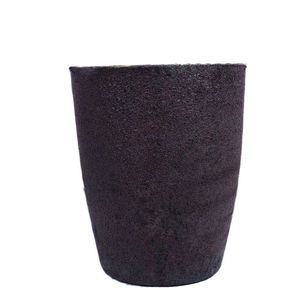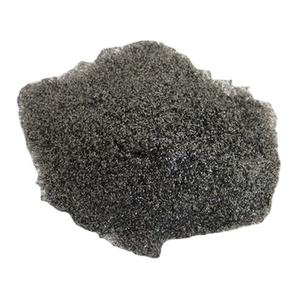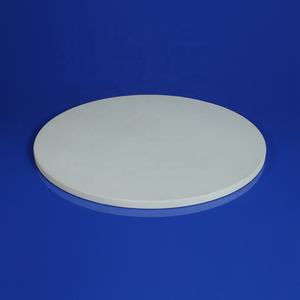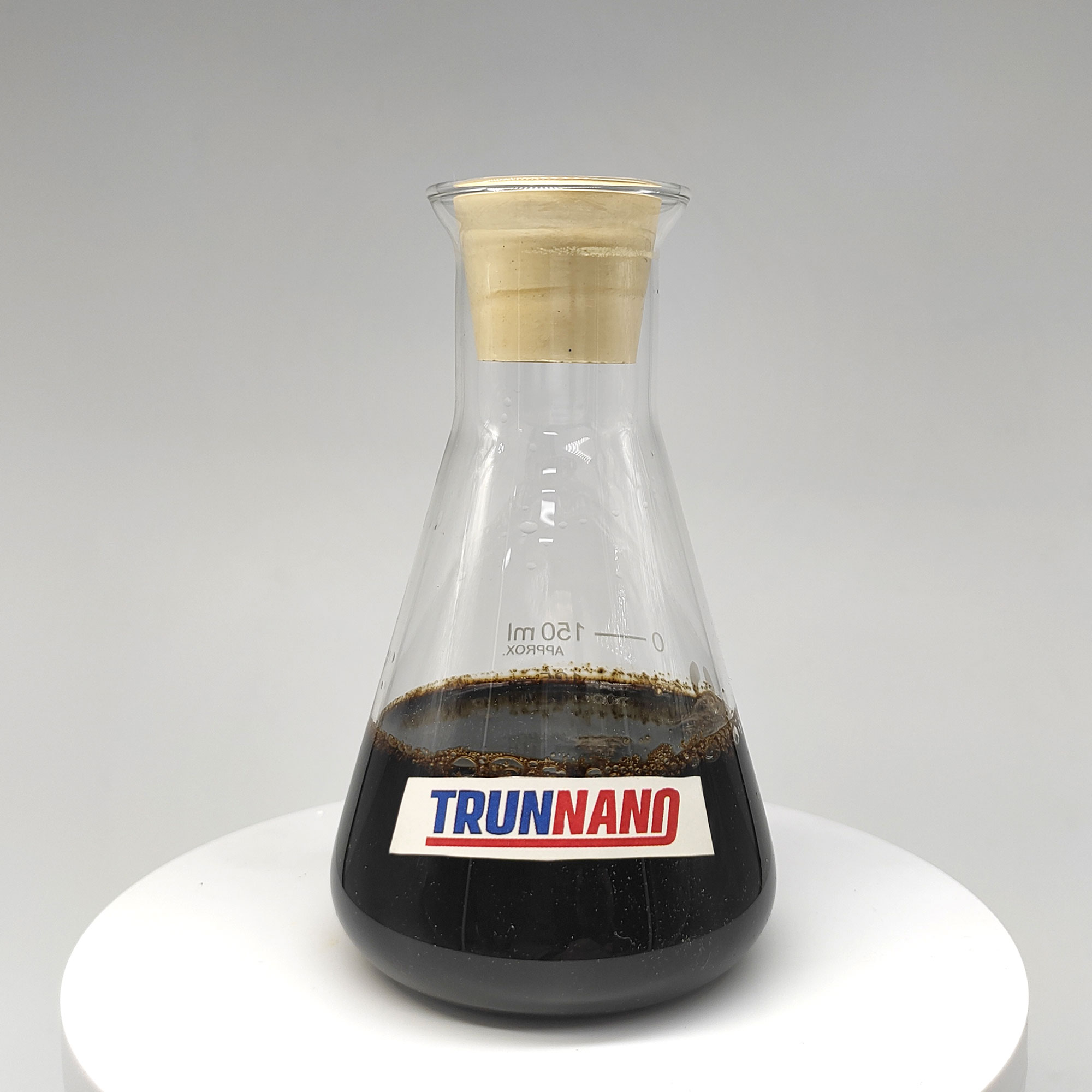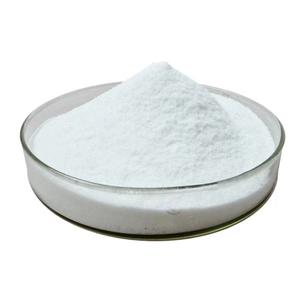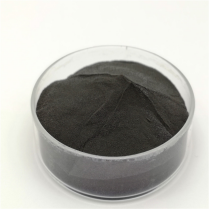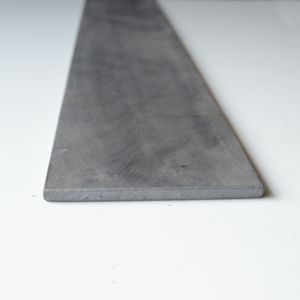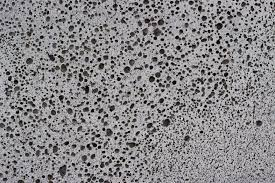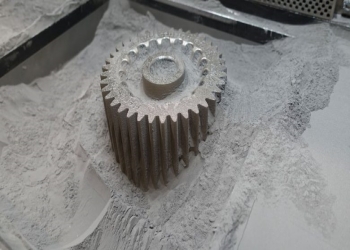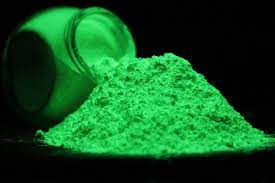
Although luminous is a basic decoration of the watch, it is also a function of the watch.
The process of luminous function and its technology from development to perfection is thought-provoking, full of fun and chance. Nowadays, many watches have this magical function, and even more, their excellent luminous design has become the biggest selling point of the watch. Want to understand luminous watches? Then look down.
The earliest luminous material used zinc sulfide. Zinc sulfide itself does not emit light but has phosphorescent properties. That is, it is excited after being illuminated by sunlight or light and will continue to emit light for a certain time. However, zinc sulfide decays very quickly, and there is no light in the dark for a while. This kind of zinc sulfide is non-radiative.
(Source from the Internet)
Marie Curie contributed to the birth of “radium.”
We may have learned in history textbooks that Marie Curie discovered the element radium in 1898. Humans only obtained This luminous element as metal through electrolysis in 1910.
Since the creation of watches, the creation of them has never stopped.
The popularity of radium luminous light was not gradually reflected until the need for military instruments in subsequent wars. In the war environment at night, concealed light sources became an urgent problem to be solved. Since radium is a radioactive element that can emit two types of rays, min and rays, it can produce self-luminescence of a certain brightness after a certain synthesis, which is relatively suitable for making luminous materials for close observation. Therefore, a fluorescent coating of zinc sulfide, radium bromide and new thorium was mixed with glue and applied to military instruments and watches.
The Italian watchmaker Panerai applied it to its products and applied for a patent. It makes good use of science and perfectly combines science and technology with traditional watchmaking.
But after all, radium is a radioactive element and is highly toxic. Even if it is rarely measured and protected by a watch case and cover, there will still be harm to people. Another drawback of radium being unable to be used as a fluorescent agent at that time was that the airtightness of the watch at that time was not good. Long-term use of the watch allowed water vapor and air to enter it, and the radium would soon age and lose its effect.
Later, another safer and more practical chemical element, “tritium,” began to be used in various public watches. Because it radiates very little and is very practical, it emits light through the collision of glass tubes and is also one of the modern mainstream fluorescent agents.
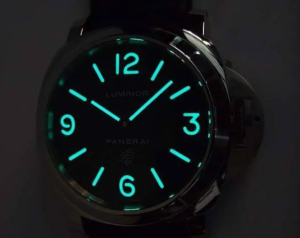
(Source from the Internet)
Rolex used a large amount of this kind of tritium luminous. The words “Swiss-T<25” or “T Swiss T” can be seen on the Rolex from 1960 to 1998. The T here represents the radioactive element tritium.
Self-luminous materials (radium and tritium) can continue to emit light without absorbing energy from the outside. The common “T<25” in diving watches means that the radiation amount of tritium is less than 25 Curie units, which meets safety standards.
The watch brand that has used tritium to the extreme is Bohr, a major luminous watch company. Tritium, safer and more practical than radium, is called a gas lamp luminous (tritium gas lamp). The magic of Ball’s luminous watch is that this small lamp tube can emit much brighter light than traditional luminous materials without relying on any substance as an energy source, and it can last up to 25 years.
However, it actually involves another question: Why does the luminous coating of the luminous watch turn yellow after a long time?
After you have owned a watch for more than ten years, it is not difficult to find that the hands and time scales of the watch begin to turn yellow, and this phenomenon will especially appear on the scales and hands with luminous function. Regarding the yellowing phenomenon of the luminous function of the watch, according to statistics, this phenomenon will only appear after an average of 12.5 years of accumulation because this means that the luminous display begins to age and gradually loses the luminous effect. This is why one of the characteristics of antique watches is The scales and hands are a little yellow.
Tritium is used in many watches because it can emit light on its own and stably without absorbing light sources, and its light intensity is a hundred times that of traditional luminous coatings. In addition, it does little radiation damage to the human body, so many watches Watch brands use it to provide luminous coatings on their watches.
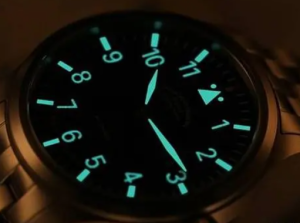
(Source from the Internet)
Although tritium night light only emits a trace amount of radiation, it is still not completely safe. With the development of technology, modern watches have begun to use new luminous materials.
Luminova is a non-radiative, environmentally friendly material that Japan’s Nemoto Special Chemicals Group first developed in the 1980s. It was in the mid-1990s that this new type of luminous material began to be put into production. Its luminous effect is very good. In the early stage of luminescence, the luminous intensity can exceed that of tritium and is even a hundred times stronger than traditional zinc sulfide. It will not decay like radioactive materials. However, this kind of luminous material cannot be wetted because moisture will reduce the luminous intensity, so some brands will wrap it with transparent plastic to protect it.
Super-LumiNova is so stable that it will be difficult to see the yellow plaster luminous red that is full of age due to the decay of radioactive elements in the future. Most brand watches use this material, which lasts longer, including Panerai, so there is no need to introduce it.
I almost forgot that some “luminous” brands exist in the watchmaking industry. Rolex, of course, has a patent for luminous technology. This invention was first used in the Oyster Perpetual DEEPSEA model, a professional diving watch with a waterproof rating of about 3900 meters. An innovative material called Chromalight. Watch friends who own a Rolex Oyster diving watch can see that this material emits blue light on the hands and time scales of the watch. It emits stable light during diving, providing professional diving enthusiasts with a sufficient light source for 8 hours, twice that of ordinary luminous materials, ensuring divers’ control of time during diving.
Lange’s luminous watches are very eye-catching. The luminous technology they use is a luminous timepiece invention named German patent DE102010000749, which is a brand new approach. The principle is to coat a dial made of sapphire with a metallic silver coating and a titanium oxide coating. To not transmit visible light and only transmit ultraviolet rays, the thickness of the titanium oxide coating is only 65 nanometers to 100 nanometers.
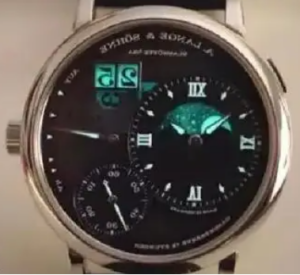
(Source from the Internet)
The selection and thickness design of the two materials limits the wavelength of transmitted ultraviolet light to between 250 nanometers and 430 nanometers. The ultraviolet light waves in this wavelength range can stimulate the phosphorus phosphor to emit light to the maximum extent. The patented luminous design that stimulates the phosphorescent powder to emit light through the light transmittance of the two materials is really amazing. You will be nostalgic for it without knowing it, and you will be deeply addicted.
Blancpain’s Fifty Fathoms, which was also born as a diving watch, also has traces of patented luminous technology. This time, its luminous highlight is on the bezel outside the dial, which is jokingly called “sticky luminous technology”. This technology was used in the limited edition that came out in 2003. The principle is to bond steel watch bezels, fluorescent scales and sapphire crystals of different materials, hardnesses, and heatings together to form this dark watch—a beautiful scenery.
Supplier
TRUNNANO is a supplier of zinc sulfide with over 12 years experience in nano-building energy conservation and nanotechnology development. It accepts payment via Credit Card, T/T, West Union and Paypal. Trunnano will ship the goods to customers overseas through FedEx, DHL, by air, or by sea. If you are looking for high-quality zinc sulfide please feel free to contact us and send an inquiry.
